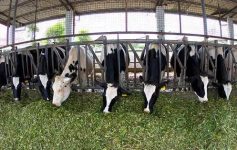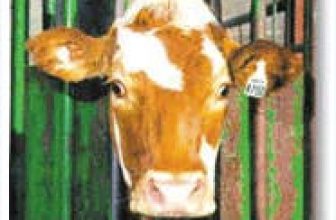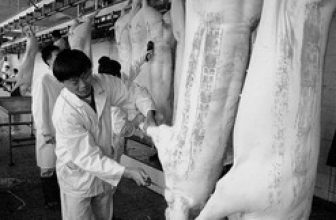
Application case of EU RFID animal husbandry traceability management system
[ad_1]
With the development of social economy, people have higher requirements for the quality of life, especially the safety of animal food, and the new EU food legal system has also established food traceability rules. However, animal management in a European country’s agriculture and animal husbandry departments still uses traditional manual recording and control methods, relying on paper media to record and manage information in various links such as animal breeding, transportation, and processing. This is inefficient and inconvenient for inquiries. It cannot meet the current traceability requirements. For management needs, it is urgent to introduce a more efficient and intelligent management system.

face the challenge
1. The use of livestock cards to manually record animal feeding information has low work efficiency and high error probability;
2. Use paper to record animal information, which is not easy to save and time-consuming to query;
3. It is difficult to trace back when a food safety incident occurs.

solution
Shenzhen has become an identification code that uses RFID tags to establish a unique ID for animals, and enters the identity information of the species (such as: species, date of birth, feeding mode, and feed ratio information). Through the RFID mobile inspection handheld terminal device, daily data information (such as individuals, feeding status, epidemic prevention information, transportation information, slaughter information) of this species is collected and uploaded to the database for analysis, forming a complete traceability system.
Application effectiveness
1. Improve the efficiency of recording work and reduce the error rate;
2. The handheld terminal device has a large data storage space, a long storage period, and historical data can be recalled at any time;
3. Provide complete and accurate historical information traceability;
4. The safety of all foods, animal feeds and feed ingredients can be ensured through effective control of the entire process from farm to table;
5. Systematic recording and management of information on animal breeding, transportation, processing and other links, convenient inquiries, and help to achieve product traceability;
6. Promote the openness, transparency, greenness and safety of the entire growth and processing process of agricultural and animal husbandry products.
[ad_2]





